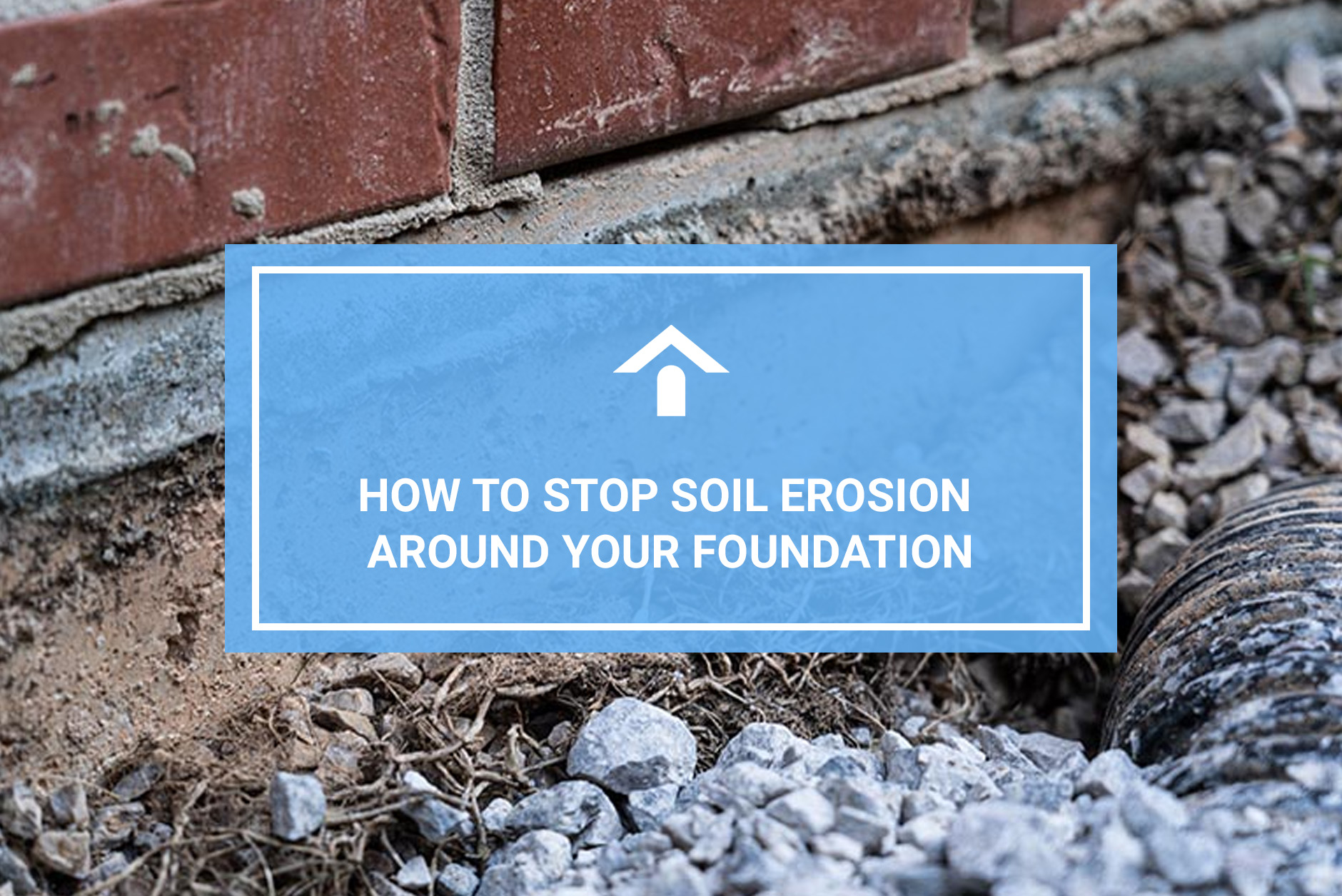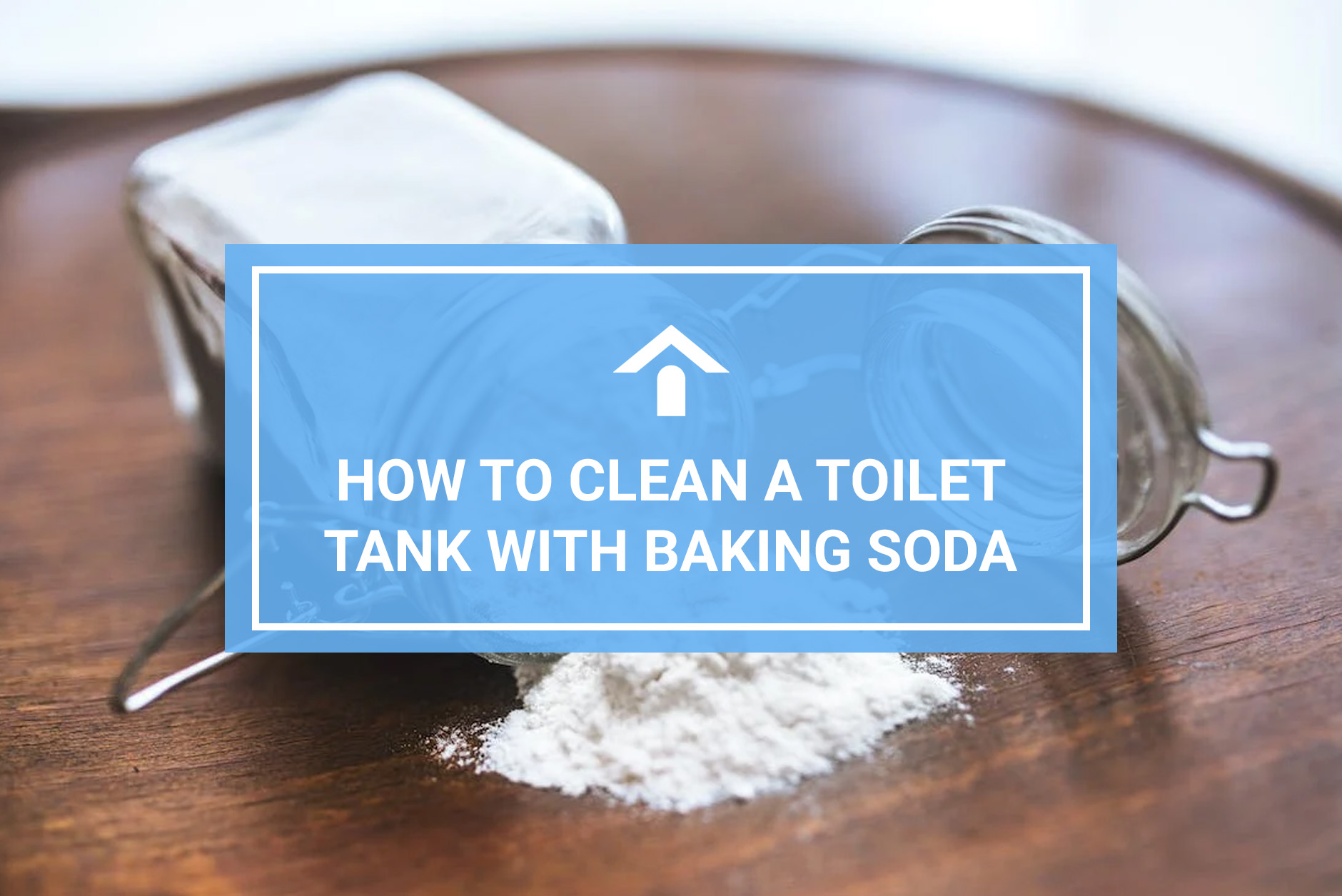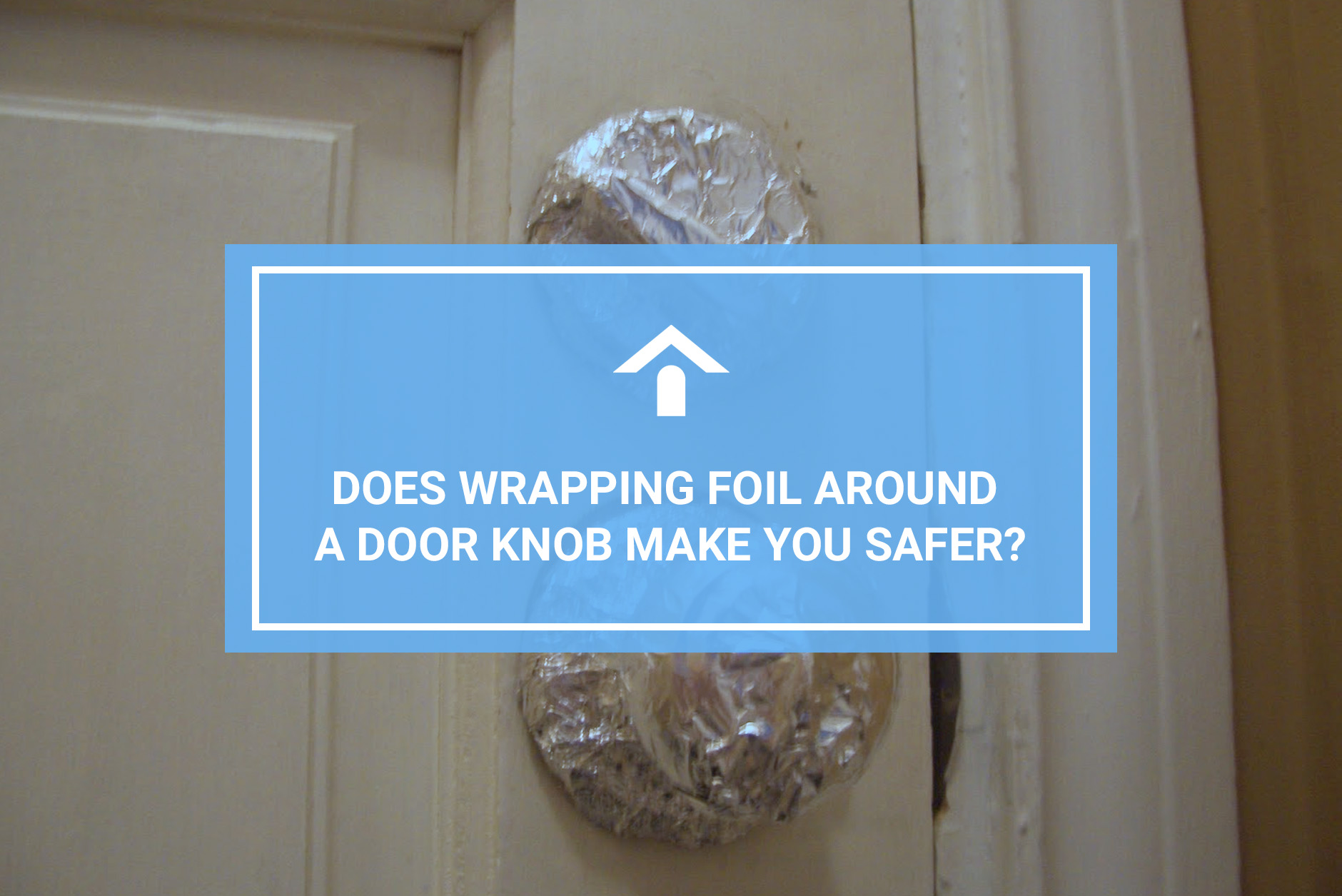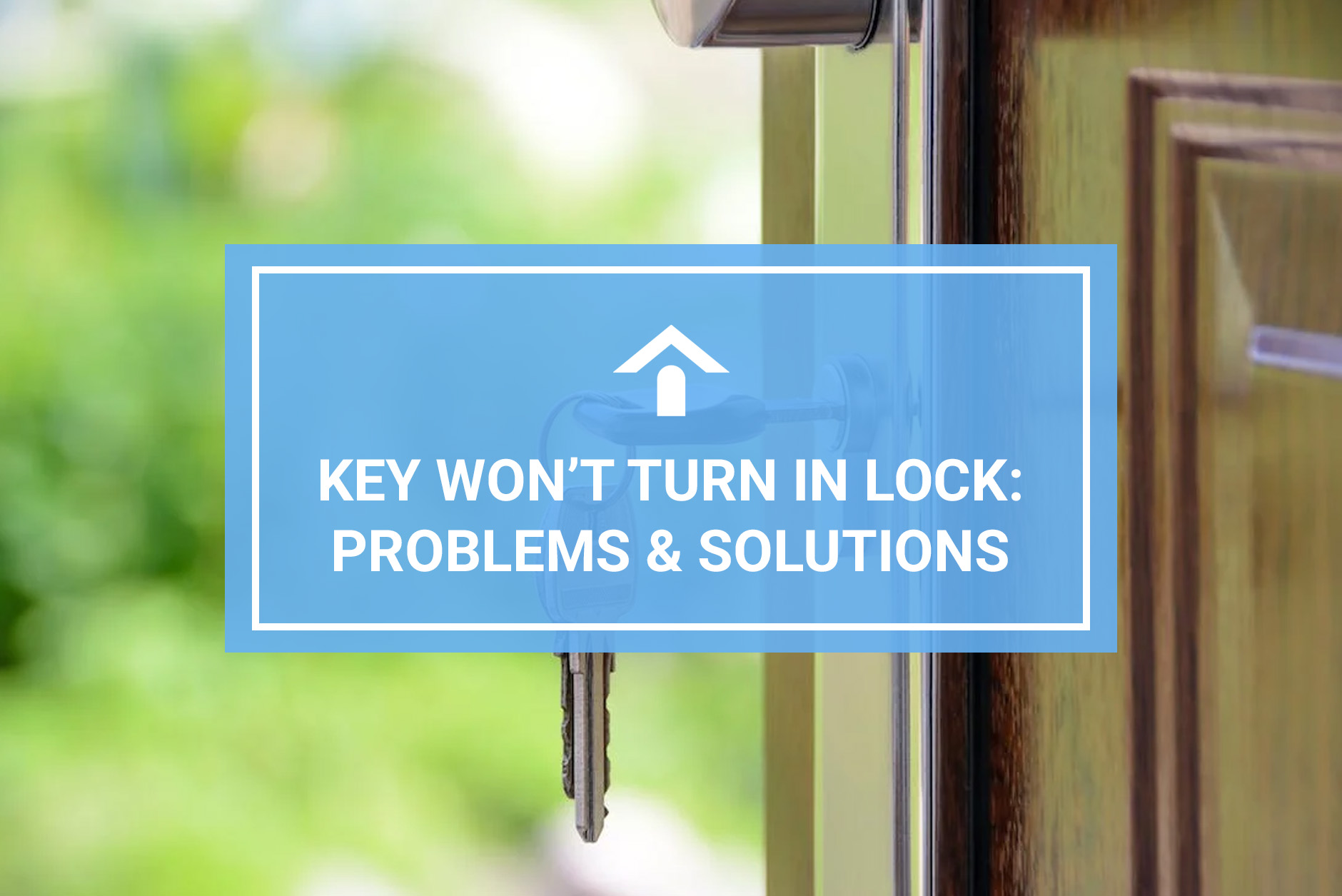There’s nothing more upsetting for many homeowners than these two words: “foundation problems.” Unfortunately, that’s exactly what you’re risking if you have soil erosion around your foundation and you don’t do anything about it.
The good news is that there is plenty you can do about it — and you don’t even have to be an expert landscaper or home maintenance professional to get many of these effective strategies done.
In this post, we walk you through why you need to care about soil erosion near your foundation, how to spot it, and eight things you can do to stop it. Let’s dive in.
Why Should You Care About Soil Erosion?
Soil erosion is bad news for home foundations, but why? Because it can lead to the following problems:
Moisture Damage
Soil erosion is almost always the result of flowing or dripping water, and as the soil slowly gets carried away from the areas surrounding your home’s foundation, your foundation faces an increasing threat from water.
If water manages to find its way through your foundation, it can reach all corners of your house by flowing and creeping upward through the walls. The result is baseboard damage, spongy and unstable floors, and wrecked walls.
Settling Foundation
Your foundation sits on the ground beneath it, and if that ground erodes over time, the foundation may settle into a new position. That’s a huge problem for any home because the moving of the foundation can cause not just externally visible cracks in the foundation, but cracks on indoor walls, too. You can also expect your floors to become uneven and doors to stop closing properly.
Foundation Pressure
Your foundation doesn’t have to completely settle in order to become damaged by the water that leads to soil erosion. In fact, as the soil around your foundation erodes, the water that is causing the erosion can cause increasing pressure on your foundation.
The problem compounds over time, and even if it doesn’t cause the foundation itself to shift, the constant back and forth of the pressure of water and lack thereof when the water dries can lead to cracks and structural damage to the foundation.
Indoor Moisture and Water
If you’re thinking “So what?” when you hear that soil erosion around your foundation could ultimately allow water to enter your home, stop right here: Water and moisture inside your home can only be bad — it’s never a good thing.
Why? Because water does more than just damage the structure — both inside and outside — of your home over time. It also leads to problems like mold, which can cause health issues for you and your family. And it’s much easier to stop soil erosion around your foundation than it is to deal with a full-blown mold disaster.
Causes of Soil Erosion
You will only be able to stop soil erosion around your foundation if you understand what is causing the problem in the first place. In almost every case, excess water is to blame for soil erosion.
Where that water comes from can vary, however. In some cases, it’s a simple matter of rainwater flowing around your home in a way that erodes the soil. In others, you might have an issue with groundwater seeping up and eroding the soil beneath your foundation. You might even be causing the problem yourself if you are excessively watering a lot of in-ground plants at the base of your home’s exterior walls.
Diagnosing the Problem: How to Spot Soil Erosion Around Your Foundation
Sometimes, it’s impossible not to notice soil erosion around your foundation. A massive water-producing event such as a storm might sweep through, and when you next walk into your yard, you can see a large portion of exposed foundation that wasn’t visible before.
Unfortunately, not all cases are so easy to spot and diagnose. Water is a powerful force, and even tiny amounts can move mountains over time. Typically, you’re dealing with small but consistent amounts of water when you have soil erosion around your home’s foundation. So, how do you spot it?
By actively checking how much of your foundation is visible around the various sides of your home. If you see some of your foundation when you check, don’t panic — in general, it’s OK to have around four inches of foundation exposed. But if it’s much more than that, you probably have a soil erosion problem on your hands.
Don’t forget to track how much of your foundation is visible over time, too. For example, if you see that the north-facing edge of your foundation is exposed down to around two inches, write that down. That way, if it’s 2.5 inches the next time you check, you might be able to identify soil erosion early, before it becomes a major problem.
8 Ways to Stop Soil Erosion Around Your Foundation
When you see soil erosion, it’s your job as a homeowner to take action. But the action you take can look several different ways, depending upon your preferences and the details of your unique situation. With that in ind, here are eight simple ways to stop soil erosion around your foundation:
1. Look for Leaks
One of the most insidious causes of soil erosion around a foundation is a leak in the home’s plumbing. Leaks beneath the home that point directly at the foundation can fly under your radar for years, all the while damaging your foundation and eroding the soil beneath it.
So, look for leaks. Leaks will usually cause foundation cracks pretty quickly, so that’s a good place to start looking. But also pay attention to your water bill — did it rise sharply and stay up with no discernible reason? Other telltale signs of plumbing leaks include musty-smelling rooms and mildew and mold.
If you detect a leak, call a plumbing professional right away. The sooner you fix it, the sooner you can stop the soil erosion that is damaging your foundation.
2. Add Some Drainage
One of the best ways to stop erosion is to get rid of the water that’s causing it. And you do that with drainage. French drains are a popular option for directing ground and surface water away from your home to a safe distance, but there are plenty of options here — all of which you loop into any existing gutters or drains your home already has.
3. Maintain Your Existing Drainage
Perhaps you had an extensive and high-quality drainage system when you bought your home and thought you would never have a problem with water or the soil erosion it can cause near your foundation. But now, you find yourself in a tough spot. It may be because you haven’t properly maintained your existing drainage system.
So, make a schedule in which you routinely check your drainage system from gutter to spout for leaks, disconnects, obstructions, and other problems. And if you haven’t been doing this over the years, now, when you’re having a problem with soil erosion, is a great time to start.
4. Check the Grading
Water pooling at the base of your home will inevitably erode the soil and eventually damage your foundation. That’s why the soil around your foundation needs to be at a downward slope away from your home’s foundation.
This is the general rule of thumb that home builders and landscapers know to implement, but over time, the grading of the dirt near your home can deteriorate. If the ground near your foundation isn’t at a 3 to 6 percent slope at the very least, you can start to have water and erosion problems.
Fortunately, minor issues with soil grading are relatively simple to fix. You simply have to identify the problem areas and add compact dirt to change the gradient to the downward slope you need. And while you’re at it, you may want to add some additional drainage.
5. Add Some Shrubs
Shrubs can be much more than decorations when you place them strategically around the exterior of your home. That’s because these helpful little plants have strong roots that penetrate the soil, packing it and holding it together to keep it from eroding. As an added bonus, shrubs’ roots drink up water that enters the soil.
So, if you’re having a problem with soil erosion around your foundation, try adding some shrubs or even trees near the edges of your foundation. A word of caution: Some trees have root systems that can damage foundations when they are planted too close to homes. To get an idea of the trees that you can safely plant near your home, check out our guide to foundation-safe trees.
6. Get Some Gutters
This is a simple fix for excess water and soil erosion around your house, although it may be somewhat more expensive than the other options we have covered so far: If you don’t already have gutters, get some.
Install the gutters around the lower edges of your home’s roof, and ensure that they empty onto a properly graded slope or into a French drain that can guide the water away from your home.
7. Set Up Retaining Walls
If your home is on a small hill or somewhat extreme slope, you may be battling not only water but gravity when it comes to soil erosion around your foundation. The good news is that a properly constructed retaining wall can handle the pressure of both gravity and water.
A retaining wall is a low wall that you place at or near the bottom of a slope near your home to keep the soil from eroding downward and away. Used strategically, retaining walls can compact the soil in your yard and around your home and prevent much of the erosion that can happen with water exposure over time.
8. Add Nets or Meshes
Retaining walls are a highly effective method for stopping soil erosion around your foundation, but in some rather extreme cases, they may not be enough. That’s when you may need the added assistance of netting or mesh.
These items, which vary widely in material types and designs, can be costly, and you really don’t want to take these on as DIY projects unless you’re a certifiable expert. However, when done right, steel mesh, rock drapes, piles, concrete holding compounds, and similar interventions can put a stop to soil erosion around your foundation once and for all.
Final Thoughts
Any issue that chips away at the very foundation of your home can feel like a big threat. But this isn’t an insurmountable problem. In fact, there are plenty of ways to stop soil erosion around your foundation, and one of them is going to work for your home.
So, don’t stress. And if you need help, ask for it. There are countless foundation repair, home maintenance, and landscaping professionals who would be more than happy to help you put a stop to the soil erosion you’re currently dealing with.






